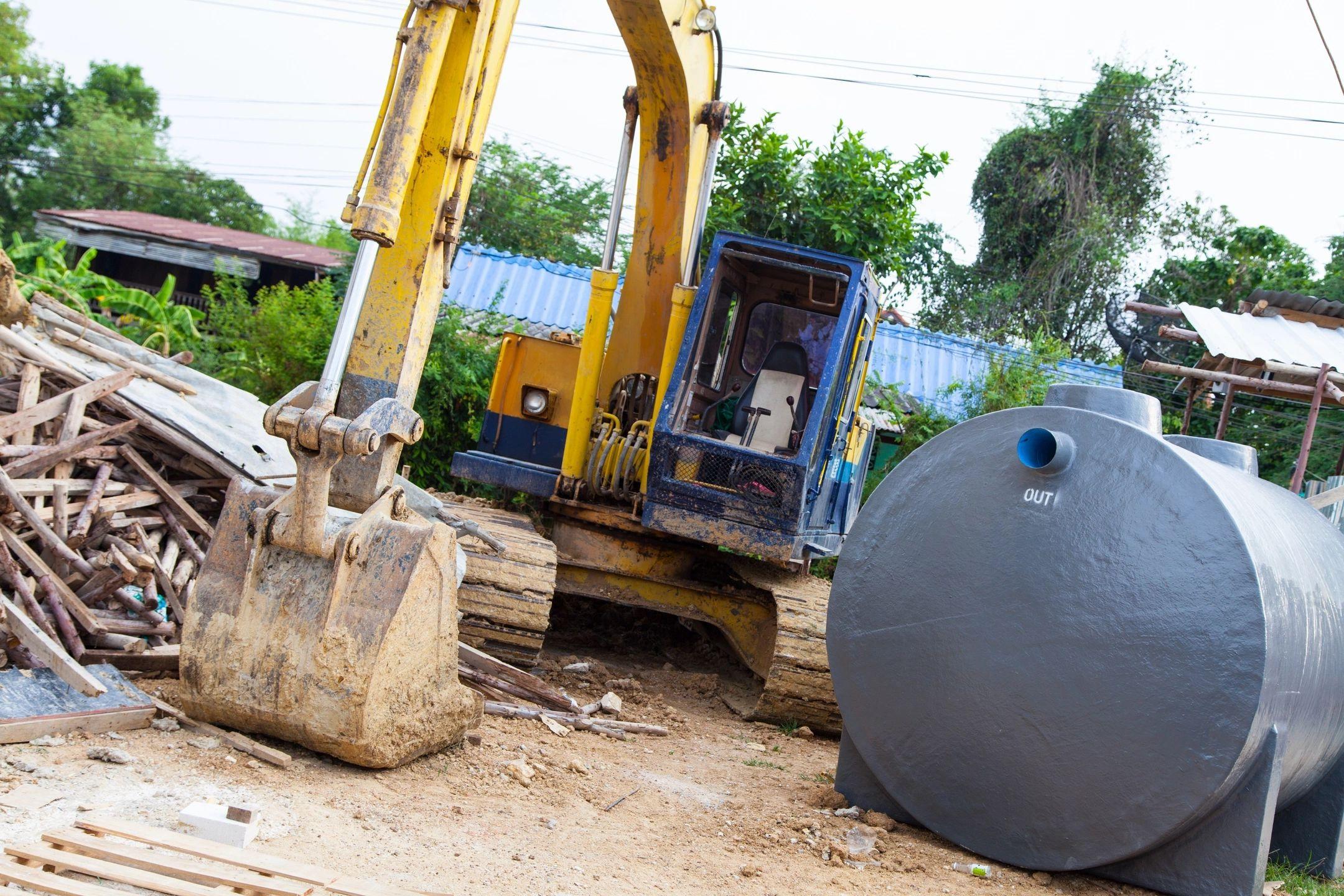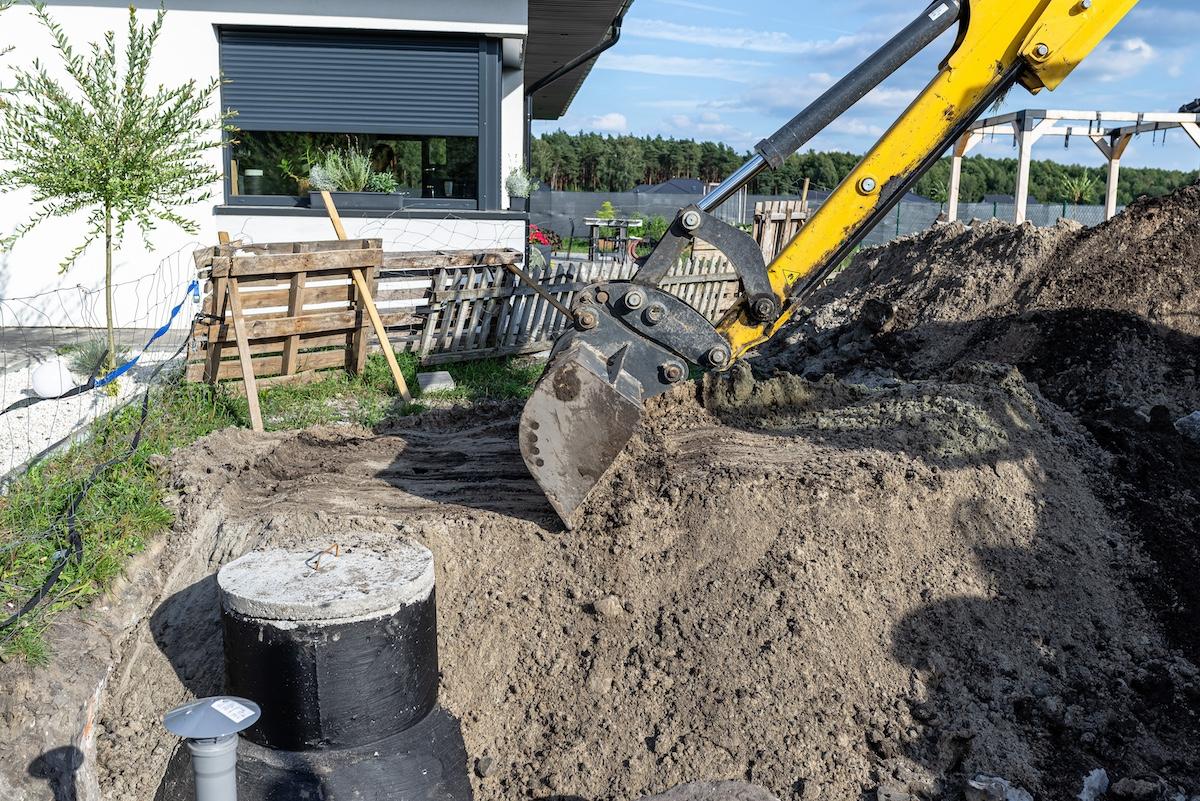Septic systems are a crucial element for homes not connected to municipal sewer lines, offering an efficient and eco-friendly solution for wastewater management.
Whether you’re constructing a new home or replacing an existing system, comprehending the intricacies of septic installation is extremly important. In this guide, Ripcord Construction dives deep into septic installations, covering every aspect from planning and preparation to the installation process and post-installation care.
Planning and Preparation:
Before commencing a septic installation project, thorough planning and preparation are imperative. This includes:
Site Assessment: Evaluating the property’s suitability for a septic system considering factors like soil type, slope, and proximity to water sources.
Permits and Regulations: Acquiring necessary permits and approvals from local authorities, ensuring compliance with zoning regulations and environmental guidelines.
Design Considerations: Collaborating with qualified engineers or septic system designers to craft a customized design based on household size, water usage, and soil conditions.
Installation Process:
Once the planning phase is complete, the actual installation of the septic system can commence. This typically involves the following steps:
Excavation and Site Preparation: Excavating the area according to approved design plans, ensuring proper slope and drainage for effective wastewater treatment.
Septic Tank Installation: Placing and anchoring the septic tank, and connecting it to the inlet and outlet pipes to prevent shifting or damage.
Drain Field Installation: Installing perforated pipes in trenches filled with gravel or aggregate material, ensuring adequate spacing and distribution for maximum efficiency.
Post-Installation Care:
After the septic system is installed, ongoing maintenance and care are crucial for its longevity and performance. This includes:
Regular Inspections: Scheduling periodic inspections by qualified septic system professionals to check for signs of damage, leakage, or clogging.
Proper Usage and Maintenance: Educating homeowners about proper septic system usage and routine maintenance tasks such as pumping the septic tank as needed.
Septic installations are intricate projects requiring meticulous planning, precise execution, and ongoing maintenance. By understanding the process and adhering to best practices, homeowners can ensure successful installation and long-term functionality of their septic systems. Whether building a new home or upgrading an existing system, investing in a well-designed and properly installed septic system is essential for the health, safety, and sustainability of your property.
For expert septic installations and reliable services, trust Ripcord Construction. Contact us at (734)-288-8845 or visit ripcordconstruction.com to learn more and schedule your septic system installation today.






